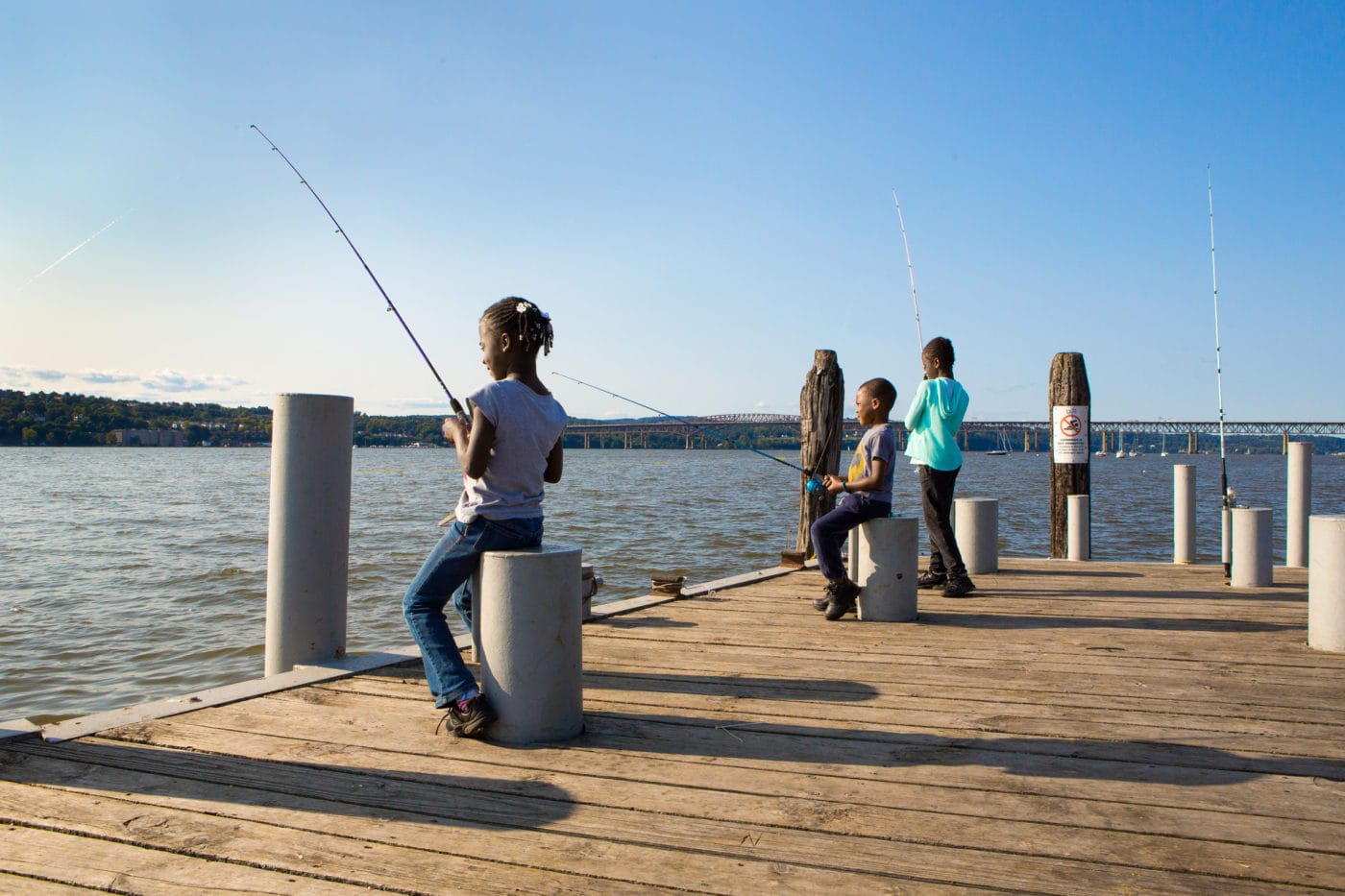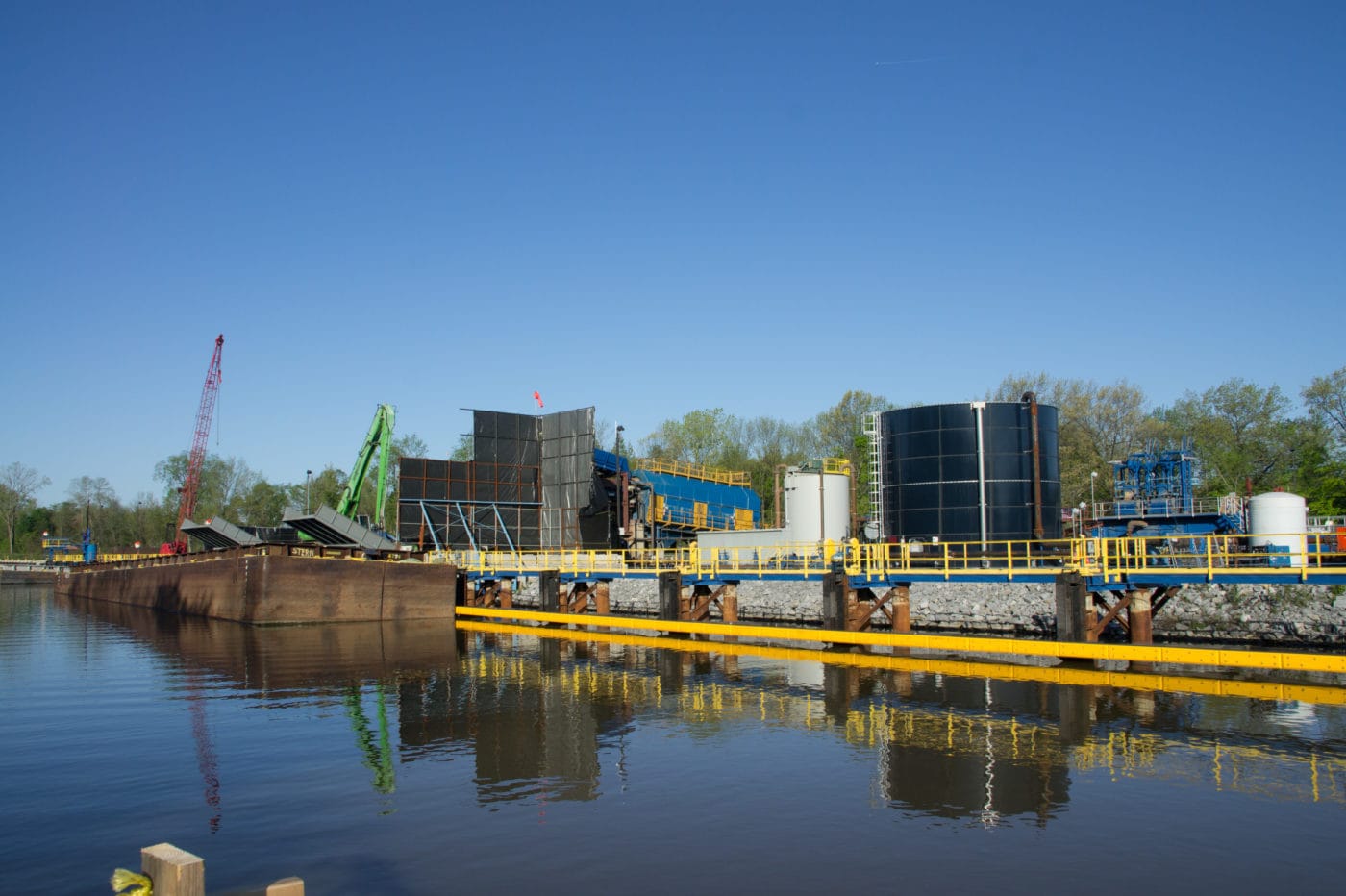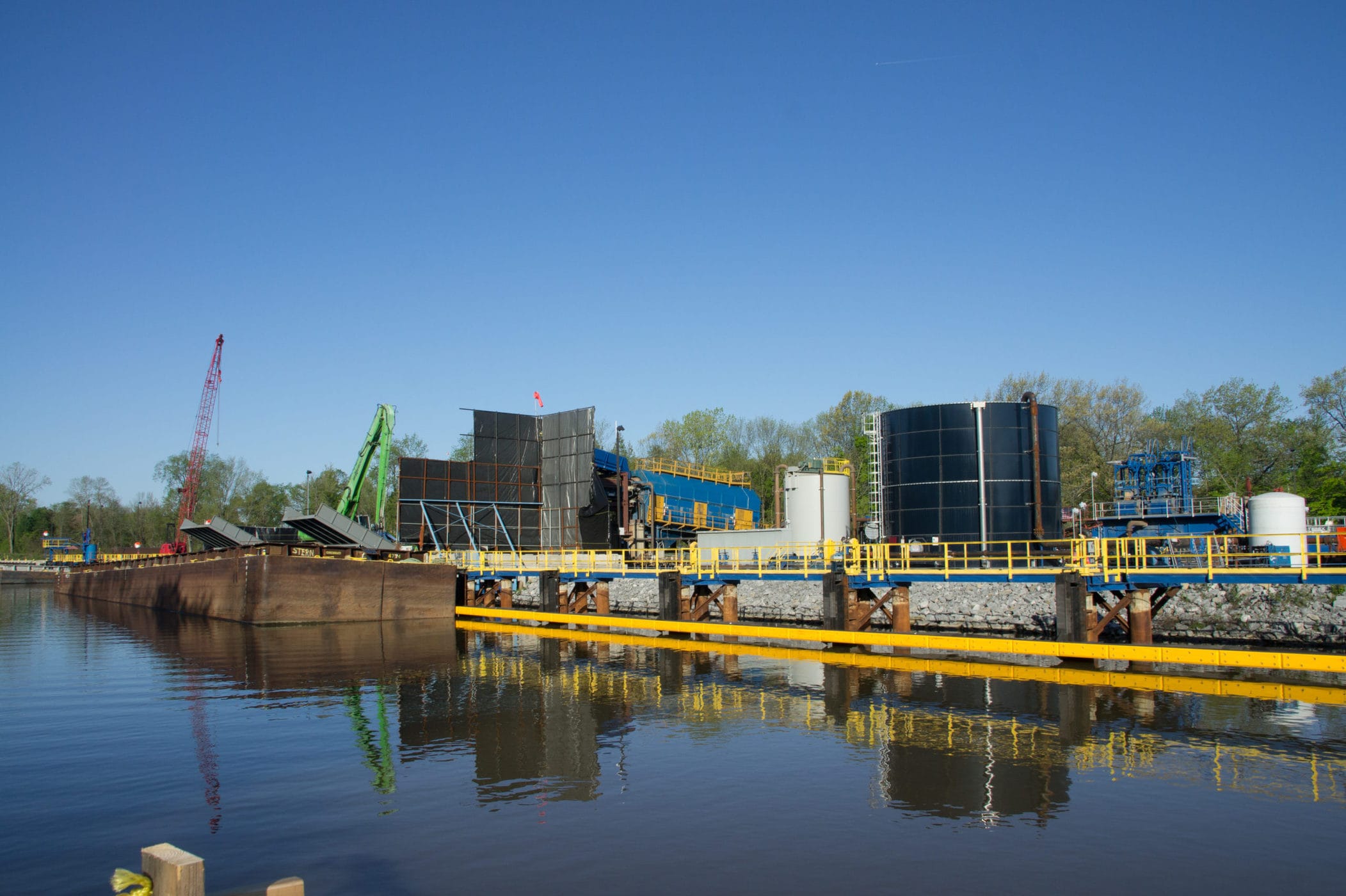A June 4, 2020, article in Politico reported that levels of PCB toxins in Hudson River fish have not changed significantly over the last 2 years. This raises even more doubts about the effectiveness of the Superfund cleanup conducted by General Electric to remove these cancer-causing chemicals it dumped in the Hudson River for most of the mid-20th century.
Conservation groups, including Scenic Hudson, say this lack of improvement fortifies their argument that the cleanup will not meet the goal mandated by the U.S. Superfund Law—to be “protective of human health and the environment”—without conducting more dredging at PCB “hotspots” just downriver from Hudson Falls and Fort Edward, where the pollution originated. The U.S Environmental Protection Agency, which is overseeing the cleanup, insists it’s still too early to gauge the success of the 6 years of dredging GE conducted between 2009 and 2015. Compelling GE to resume dredging will be nearly impossible unless New York State prevails in its ongoing lawsuit against the EPA. The suit contends the agency issued GE a “certificate of completion” for the project despite scientific evidence that it had failed to reach health benchmarks.
No Cleanup Yet in Lower Hudson
While a 200-mile stretch of the Hudson remains polluted, making it one of the nation’s largest Superfund sites, data indicate that fish in the 140 miles of the river below the Troy Dam have not experienced even the modest (but below-expectation) drop in contamination levels experienced upriver—hence the article’s title, “Tale of 2 rivers.”
“EPA is dragging their feet. They know they have the authority to order a remedial investigation,” said Scenic Hudson’s Althea Mullarkey in an interview. “They’re just choosing not to.”

For the last 3 years, the EPA has insisted it’s working on a plan to remove this pollution, which reaches all the way to New York Harbor. While the EPA keeps “dragging their feet,” as Scenic Hudson Public Policy and Special Projects Analyst Althea Mullarkey is quoted in the article, families who subsist on tainted fish despite health warnings and communities whose waterfront redevelopment plans have been stalled by the contamination continue to wait. So do members of low-income and minority communities along the lower Hudson who fought hard for a PCB cleanup and have received no benefits to date.
Second Superfund Phase Also Moving Slowly
Since 1998, evaluating another aspect of GE’s cleanup commitment—the amount of money the company will be required to pay to restore damaged habitats and offset lost recreational opportunities—has been ongoing. Trustees overseeing this Natural Resource Damages Assessment include the National Oceanic and Atmospheric Administration, U.S. Fish and Wildlife Service and New York’s Department of Environmental Conservation. While the trustees have released information about some of the damages they’re investigating, they have issued no deadline for completing their assessment. As Ms. Mullarkey says in the article, “glaciers are speedier.”
Scenic Hudson has been leading the campaign for a comprehensive PCB cleanup for more than 40 years. A consultant hired by the organization to complete a damages assessment is expected to release its report next year.



